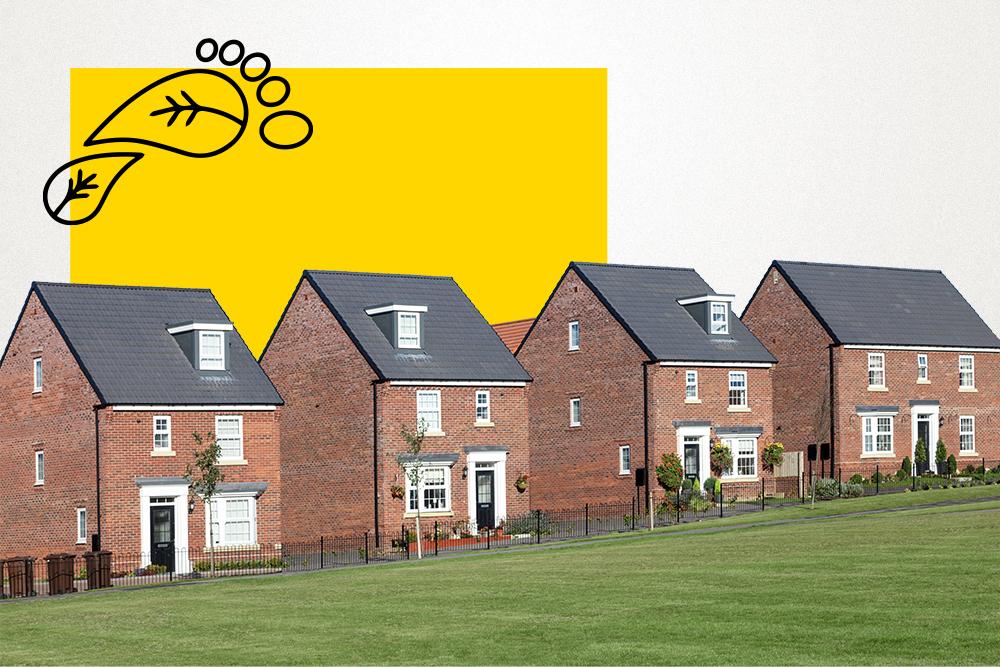The implementation of tighter energy standards as part of the amended Part L regulations’ introduction in June 2022 provides a stepping stone to even stricter targets when the Future Homes Standard comes into force in 2025. According to UK Green Building Council statistics, 19% of the UK’s carbon footprint is from energy used to heat, cool and power buildings. Therefore, an upscaling in energy performance is absolutely necessary to further the country’s net zero ambitions. Part L regulations highlight the importance of renewable technology – in conjunction with a fabric-first approach to new buildings – as being crucial to achieving new energy parameters. Simon Blackham, Senior Technical Manager at Recticel Insulation looks at how PIR insulation can help achieve such an outcome.

The aim of the updated Part L regulations is to reduce carbon emissions from new-build homes by 31%. The amendments include a tightening of standards for already-built homes in relation to extensions, replacements and repairs.
As is often the case when new standards are introduced, there will be a transition period of adoption. Therefore, building work which has already commenced will come under the previous Approved Document L. A significant change to transitional arrangements is that they will apply on a dwelling-by-dwelling basis, rather than to the site as a whole. For larger sites, that could mean the design and construction of properties that span three different sets of regulations.
Building a Bridge to the Future Homes Standard:
Part L regulations pave the way to the Future Homes Standard (FHS) which sets the parameters for new housing to produce 75-80% fewer carbon emissions compared to current standards by 2025.
The FHS is seen as a milestone for the construction industry in how properties are built. It includes a number of new initiatives to ensure homes are constructed ‘as-designed’ in order to meet the required energy performance. These include a more stringent on-site monitoring process, requiring contractors to photograph their work to give homeowners a better understanding of how the as-built energy calculation of their property was carried out.
The FHS requires a more holistic approach when determining a property’s anticipated energy performance via updated SAP methodology, with greater attention being paid to heat loss at junction details such as windows. This is calculated via the PSI value method, which the Future Homes Standard is looking to standardise according to different window types. Seemingly minor amendments such as this could prove crucial to ensuring necessary thermal outcomes are met.
As with the Part L interim regulations, the FHS highlights a need for improving energy standards of a building’s fabric, particularly the insulation aspect. Poorly insulated building fabric is a major contributor to domestic energy wastage and buildings falling short of U-value requirements. Polyisocyanurate (PIR) panels, rather than mineral fibre-based insulation, are seen as a long-term countermeasure to a shortfall in energy performance.
PIR: Built for Strong, Reliable Performance:
There are numerous benefits associated with PIR insulation. Its closed-cell structure means it doesn’t absorb water, allowing the thermal performance and reliability of the product to be retained over time.
With lambda values as low as 0.022 W/mK, PIR provides excellent performance. This, coupled with its slim composition, means it requires less space to achieve the same U-value as other insulation materials. This is of particular benefit to housebuilders looking to maximise interior living space in multi-property developments with limited plot size.
Unlike fibrous insulation, which deteriorates over time when damp sets in, PIR insulation’s structural strength enables a consistent performance that will last, negating costly repairs and maintaining its thermal qualities. PIR insulation is also renowned for its adaptability. It is the ideal solution for a range of applications such as floors, walls, pitched and flat roofing.
An Innovative Solution that Installers and Property Owners Can Count On:
Developments, such as the tongue-and-groove joint which features on all four edges of Recticel’s rigid full-fill panel, Eurowall®+, have helped further establish PIR performance levels. The 10mm air gap, which is created by a 90mm Eurowall®+ PIR board achieving a U-value of 0.18 W/m2K in a 100mm masonry cavity wall, makes for a more convenient fit for bricklayers when it comes to installing the insulation. This results in reduced labour time and a cost-effective installation that doesn’t compromise its superb long-term thermal performance.
With the legislation in place, it’s up to the building industry and all parts of the supply chain to raise their game and ensure the new standards are met. There is a well-documented skills shortage within the industry that shows no signs of improving, but we at Recticel have the expertise, products, technology and experience to fulfil the upgraded Part L requirements. These attributes will need to be replicated throughout the sector if we are to create a built environment that is less impactful to the health and well-being of future generations.
Use our U-Value Calculator
For your Part L Requirements, use our free-to-use U-Value Calculator to assess your building's elemental thermal performance.